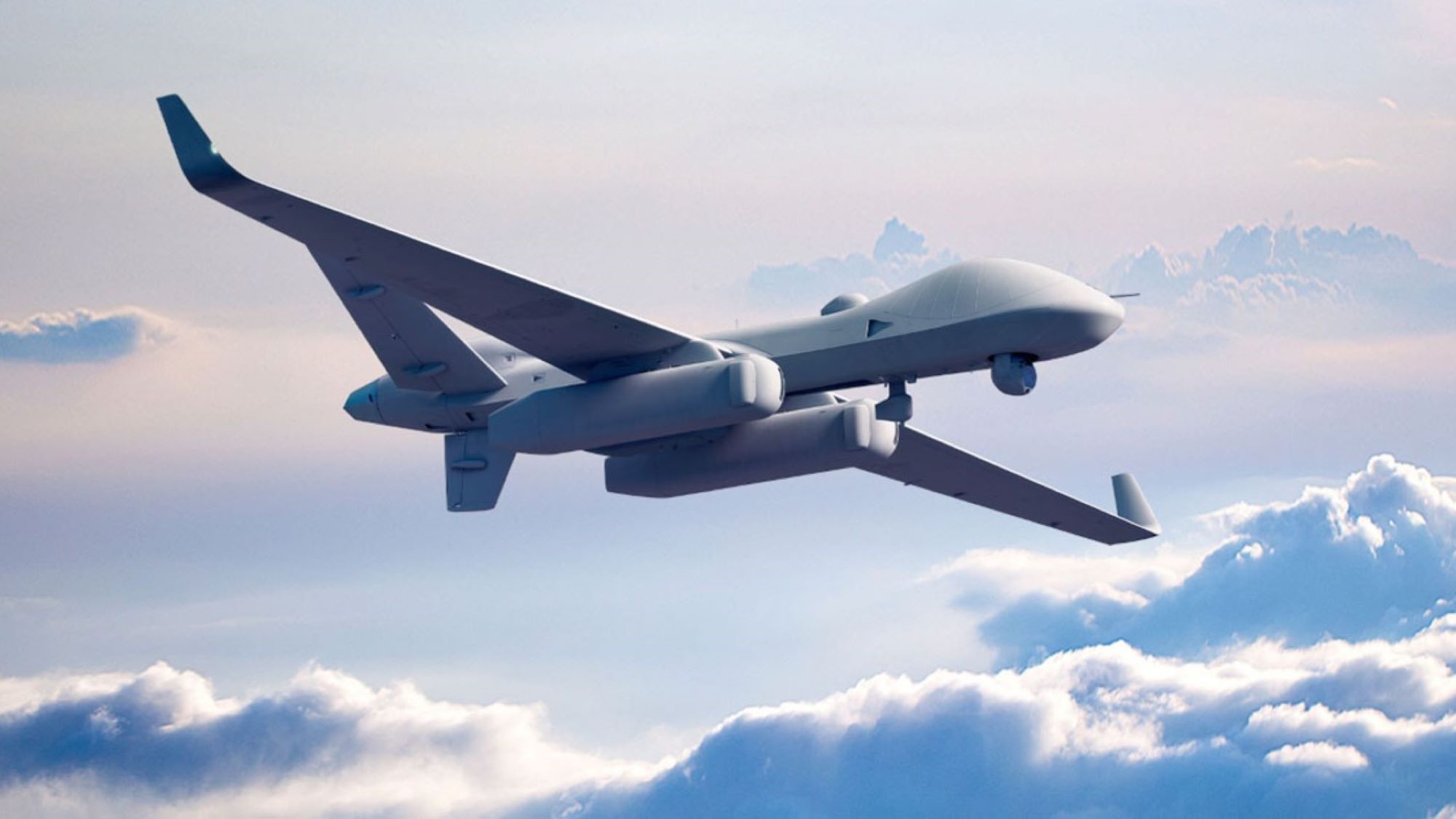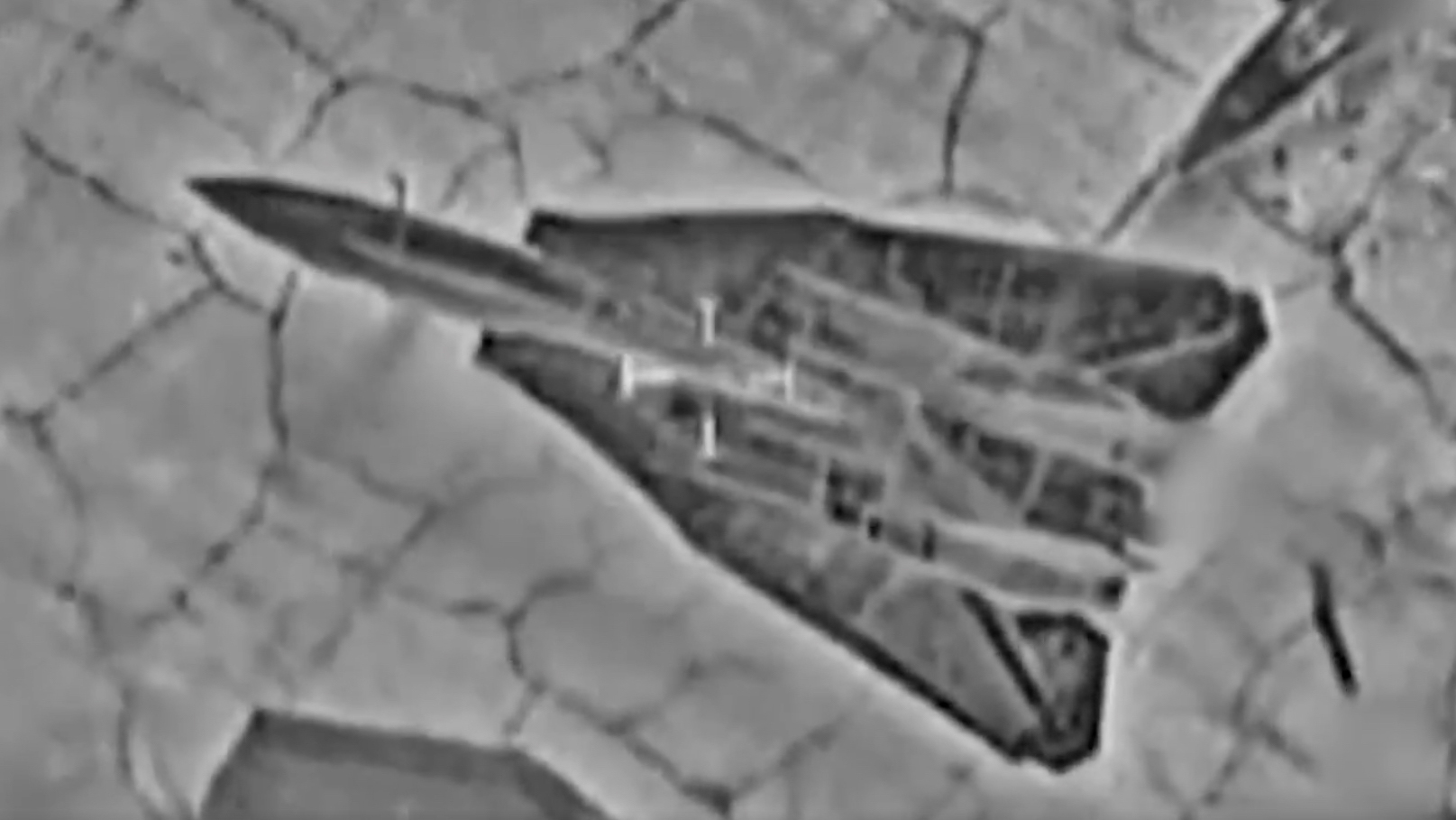Pitting defense industry primes vs newcomers only helps America’s enemies
The defense industrial base is “not a simple false dichotomy between the industrial titans that have powered American defense for decades and the innovative trailblazers from Silicon Valley and Austin,” writes Jeff Kojac in this op-ed.


A circuit board overlays the Pentagon. (Graphic by Breaking Defense)
The United States is facing the most complex and technologically sophisticated pacing threat in modern memory. Confronting this challenge is not a simple false dichotomy between the industrial titans that have powered American defense for decades and the innovative trailblazers from Silicon Valley and Austin.
The answer is that we need both.
The future of deterrence and warfighting depends on an industrial base that is not divided, but diversified and unified to face China. That requires public policy and acquisition strategies that support collaboration across the full range of defense suppliers from long-established prime contractors to boutique software firms. Any effort that privileges one group over the other, whether in rhetoric, regulation, or law ultimately undermines the shared goal of delivering capability at speed and scale.
There is a growing narrative in the defense acquisition space that supports a pivot away from established firms toward non-traditional contractors: venture-backed software startups, commercial cloud providers, and agile systems integrators. These firms are undeniably important. They bring fresh eyes and a tolerance for risk that accelerates prototyping and field experimentation. However, in the enthusiasm to embrace the new, there is a risk that we overlook the indispensable capabilities of the defense primes, companies that have built and sustained the most sophisticated and lethal military in the world.
Instead of pitting one side against the other, our acquisition policy must reflect an all-of-industry approach. It must incentivize the participation of all qualified contributors, both those who can deliver capability at scale and those who can accelerate innovation, with the end goal of providing the best systems for the American warfighter that money can buy.
Primes, New Entrants Both Have Roles To Play
Established defense prime contractors offer critical advantages to the US industrial base. Their decades of experience working with the military services and other defense agencies have cultivated institutional knowledge and program management capabilities that are simply unmatched. These firms understand the regulatory environment, interoperability standards that ensure effective integration, and the rigorous certification processes needed. They have also invested heavily in physical infrastructure, personnel, and supply chains. It would take years and billions of dollars to duplicate such assets.
Equally important, these firms have demonstrated the ability to manufacture at scale, support sustainment operations around the world, and surge production during wartime. Their century-long legacy of performance has produced the vehicles, ships, aircraft, spacecraft, and C2 networks that form the backbone of American military power.
This is not an industrial legacy to be discarded. It is a foundation on which to build.
At the same time, non-traditional contractors — especially those emerging from Silicon Valley — are increasing their contribution to the defense ecosystem. Microsoft, Amazon Web Services, and Google are advancing artificial intelligence and cloud computing. Newcomers like Anduril, Palantir, and ShieldAI are rethinking autonomous systems and battlefield data fusion. These companies excel at moving fast, challenging assumptions, and rapidly prototyping solutions.
Their value lies not only in their advanced tech, but in their approach. They are often unencumbered by legacy approaches, and they push the Department of Defense to consider new paradigms in artificial intelligence and off-the-shelf technology. Their contributions are vital to accelerating change in areas like AI-empowered decision making and integration of UAVs with manned systems.
These firms also typically lack the scale and operational track record of more established counterparts. They are not prepared to sustain high-volume production lines, integrate hundreds of subcontractors, or manage long-term sustainment. Nor should they be expected to. Their particular strength is in blazing a new path, not mass industrial mobilization.
The Real Danger: A Divided Ecosystem
It is counterproductive — and strategically dangerous — to pursue policy frameworks that elevate one part of the industrial base at the expense of another. Preferential treatment, relaxed oversight, and fast-track acquisition authorities may benefit individual innovators in the short term, but they can undermine fairness, transparency, and the overall coherence of defense procurement.
For example, excluding certain firms from audit requirements or certified cost and pricing data obligations may seem like a way to reduce red tape. But when these exemptions are only extended to a narrow class of firms, they distort the playing field. If some rules are burdensome enough to be waived, we should consider whether they are necessary at all, not simply carve out exceptions based on funding source or growth trajectory.
Moreover, redefining eligibility for acquisition incentives in ways that privilege venture-backed firms over others sends the wrong message: that financial structure matters more than capability. The Department of Defense must be corporation agnostic and business model neutral. The only program criteria that should matter are mission compliance, efficiency, and lethality.
The real goal of acquisition reform should be to build a defense industrial base that is fast, flexible, scalable, and resilient. That cannot be achieved by fragmenting the ecosystem. It requires interoperability not just across platforms, but across companies, sectors, and cultures. Traditional firms need to work with non-traditional partners. Commercial technologies must be adapted for defense applications. Industrial-scale manufacturing must be paired with digital agility.
Congress and the Department of Defense can facilitate this by crafting legislation and policy that incentivizes collaboration, not competition between sectors.
That means streamlining acquisition processes for all vendors, not just for start-ups; reforming audit and reporting requirements uniformly; expanding access to Rapid Prototyping Funds for both traditional and non-traditional companies; and encouraging arrangements that blend hard-earned experience with new ideas.
This is not only about a fair, competitive process, it’s about lethality. Deterring and, if necessary, defeating a peer adversary like the People’s Republic of China will demand a unified industrial effort, not a siloed or politicized one. The US military’s edge depends on the ability to harness both the muscle memory of industrial incumbents and the imagination of new entrants.
The Armed Services Committees are right to scrutinize how best to spend the trillion-dollar defense budget for FY26. But as they do so, they must resist the temptation to solve complexity with categorization — to label some firms as too slow or too beholden to bureaucracy, and others as inherently more valuable due to their funding structure or growth rate.
No single part of the defense sector holds a monopoly on virtue or effectiveness. Both traditional and non-traditional players have disadvantages in some fields and extraordinary potential in others.
The United States will not outcompete our adversaries by arguing over who gets to build the future. We will win by building the future together.
Jeff Kojac is Director of Studies at George Mason University’s Baroni Center for Government Contracting and adjunct faculty at the Costello College of Business. He is a member of the Council on Foreign Relations.





















































































![Israel drama and good news for the F-35: Paris Air Show Day 1 [Video]](https://breakingdefense.com/wp-content/uploads/sites/3/2025/06/IMG_1805-scaled-e1750092662883.jpg?#)
![[Updated] Sudden Deployment of Dozens of U.S. Air Force Tankers Raises Questions](https://theaviationist.com/wp-content/uploads/2025/03/Stratotanker100Years_2-e1750080240327.jpg)



























































